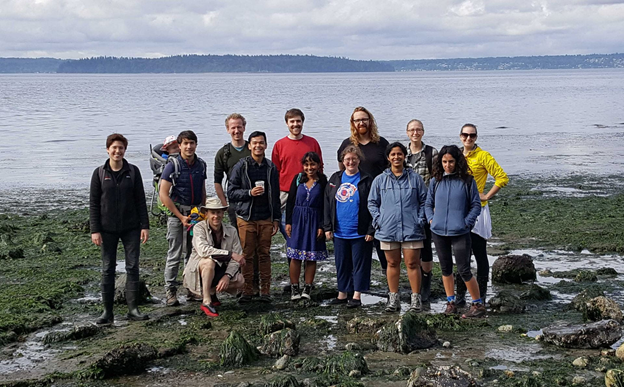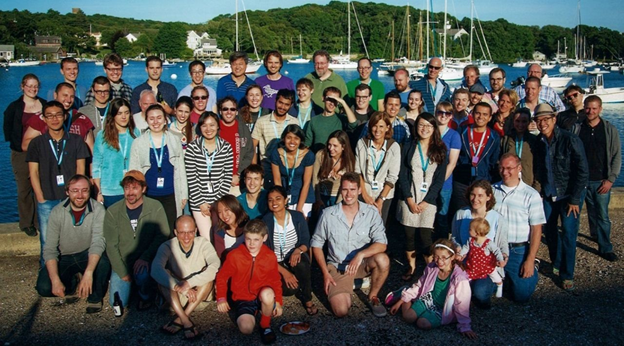Excited to share a major story from my PhD on @biorxivpreprint!
Molecular processes are stochastic and noisy! How do cells suppress this noise to perform robust behavior? We turned to the beautiful, smooth leading edges of migrating HL-60 cells. (1/7)
https://biorxiv.org/cgi/content/short/2020.08.22.262907v1">https://biorxiv.org/cgi/conte...
Molecular processes are stochastic and noisy! How do cells suppress this noise to perform robust behavior? We turned to the beautiful, smooth leading edges of migrating HL-60 cells. (1/7)
https://biorxiv.org/cgi/content/short/2020.08.22.262907v1">https://biorxiv.org/cgi/conte...
The first thing we found was that these smooth leading edges (also called lamellipodia) are actually very dynamic! Over time, tiny stochastic fluctuations grow and then relax back to the average cell shape. But what’s the molecular mechanism for this flattening? (2/7)
We can reproduce this fluctuation behavior in a stochastic model of the leading edge, and show that noise suppression is an intrinsic, emergent property of branched actin network geometry – no additional regulation required! (3/7)
Which explains why cells lacking the ability to make branched actin (in this case, drugged with CK-666 to inhibit the Arp2/3 complex) lose their smooth leading edges and instead make these crazy filopodia-like protrusions: (4/7)
Finally, we show that the Arp2/3-mediated ~70˚ branch angle, evolutionarily conserved across the eukaryotic tree of life, optimally smooths lamellipodial shape! Addressing a decades-long mystery of why this particular angle is so well conserved. (5/7)
Hope you enjoy! I owe a huge debt of gratitude to Julie and the whole Theriot lab for providing such a warm and inspiring space to pursue this work. Special thanks to @cellphysicsUCSD, @nbellive, Prathima Radhakrishnan, and @bioSavinov for their feedback on the manuscript! (6/7)
Finally, I’d just like to say that this work was hugely inspired by my time and interactions at the Woods Hole Physiology course @MBLPhys, particularly in thinking about stochastic fluctuations in biology with @WallaceUcsf and @JKondev. (7/7)

 Read on Twitter
Read on Twitter



